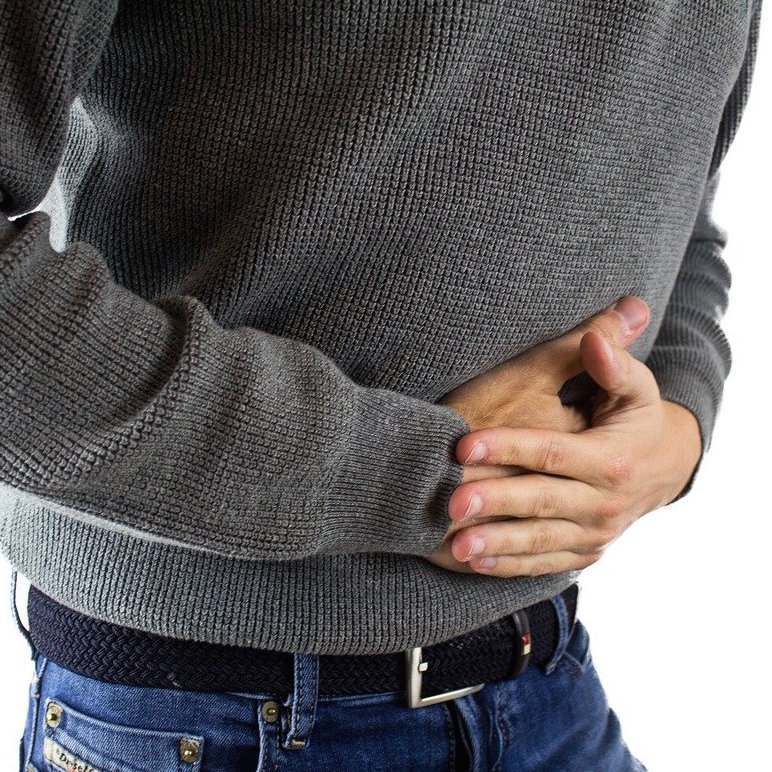
Food intolerances and allergies are a growing public health concern. In fact, it is estimated that between 2-20% of the people worldwide may suffer from food intolerances (2) and may be even more prevalent in Western countries, where food allergies affect up to 10 % of the population, especially younger children (3). If you ever experienced discomfort after ingestion of some foods, you may have come across the term ‘elimination diet’. But what is it and how could this be relevant for you?
The elimination diet
Elimination diet describes a short-term diet that is used as a diagnostic or therapeutic instrument to help you identify foods your body can’t process well. It essentially describes a dietary adaptation: one or more foods which may cause adverse reactions are first removed from the diet and then slowly reintroduced. During the elimination phase, one or more specific foods you suspect to trigger your symptoms are completely removed from your diet for a short period of time, typically 7 days to 4 weeks. Typical ‘suspect’ foods include e.g. nuts, corn, soy, dairy, citrus fruits, nightshade vegetables, wheat, foods containing gluten, pork, eggs, and seafood. During this phase, you can determine if your symptoms are caused by foods or something else (4, 8). To be able to assess whether the relief of symptoms is truly linked to the eliminated foods, you slowly bring back these foods in the next phase of the elimination diet. This is called the ‘reintroduction’ phase. Each food group is introduced individually, over 2-7 days, while checking for symptoms. If you do not experience any symptoms during the period in which you reintroduce a food group, you can assume that it is fine to eat this food and should move to the next food group. However, if you experience symptoms like those mentioned above, then you have successfully identified a trigger food (4).
What happens after the elimination diet?
The aim is to achieve an individualized diet by avoiding food triggers as well as ensuring a wholesome diet and a high quality of life. The guidance of a nutritionist can help to find practical and tasty options to adjust your daily routine. It is important that you observe your symptoms and that a regular follow-up and readjustment of the diet are carried out as reactions to foods can change (9).
Importantly, as a diverse diet is the key to healthy digestion, permanent elimination of certain foods from the usual diet is only justified if the symptoms improve during the elimination phase and worsen after the reintroduction (1).
Is the elimination diet suitable for you?
There are different kinds of elimination diets, for different purposes. The most common elimination diet can be used if you want to know which food substances cause immediate complaints, but elimination diets are also used to assess long-term effects of food on for instance behavior or mood. Importantly, as long-term restrictions may cause nutritional deficiencies, any elimination diet should only be followed under the supervision of a medical doctor and with the guidance of a nutritionist and should not be used for other purposes (4).
Most elimination diets are initiated due to complaints of the digestive tract to identify food components causing intolerance or allergies to a food component such as lactose, fructose, histamine or milk protein to name a few. If you experience the below symptoms right after ingestion of food or beverages, you may consider these diets. Typical symptoms are:
- Headaches
- Sickness
- Gastrointestinal problems such as diarrhea, bloating or cramping, heartburn
- Skin rash
- Breathing difficulties
- Running nose, cough and cold or swollen mucous membranes – mostly on tongue and mouth
Benefits of the elimination diet for specific symptom clusters
Next to relief of the above described symptoms, an elimination diet may specifically be suitable for people with e.g. IBS, eosinophilic esophagitis, ADHD, or skin conditions like eczema (4):
- Irritable Bowel Syndrome (IBS)
Irritable Bowel Syndrome (IBS) is a very common gut disorder that affects around 11% of people worldwide. Many people find that an elimination diet improves IBS symptoms like bloating, stomach, cramps, and gas. There is also growing interest in the use of low FODMAP (fermentable oligosaccharides, disaccharides, monosaccharides, and polyols) diets. A diet low in fermentable carbohydrates and sugar alcohols (5). - Eosinophilic esophagitis
Eosinophilic esophagitis (EE) is a chronic condition where allergies trigger inflammation of the esophagus, the tube that delivers food from mouth to stomach (4). Lifestyle, supply of nutrients, and knowledge of foods should be considered when eliminating and reintroducing food triggers (6). - Attention-Deficit/Hyperactivity disorder
ADHD (attention-deficit/hyperactivity disorder) is a child psychiatric disorder that affects 6% of children worldwide. A study by Pelsser et al. from 2011 investigated the effect of the elimination diet in 41 children diagnosed with ADHD. At the end of the study, 32 children showed an improvement in ADHD symptoms on the ADHD rating scale (7). However, this study was too small to really know if this diet can work for children with ADHD. A current study in the Eat2beNICE project is investigating this matter (for more information see: TRACE trial). It is also important to stress again that an elimination diet restricts many essential nutrients that are important for growing children, and long term restriction could stunt their growth! So, children should not follow an elimination diet unless supervised by a medical professional (4). - Skin conditions like eczema
Eczema is a group of skin conditions that appear as red, itchy, cracked, and inflamed skin. There are many different causes of eczema, but many people find that eating certain foods can worsen their symptoms (4).
